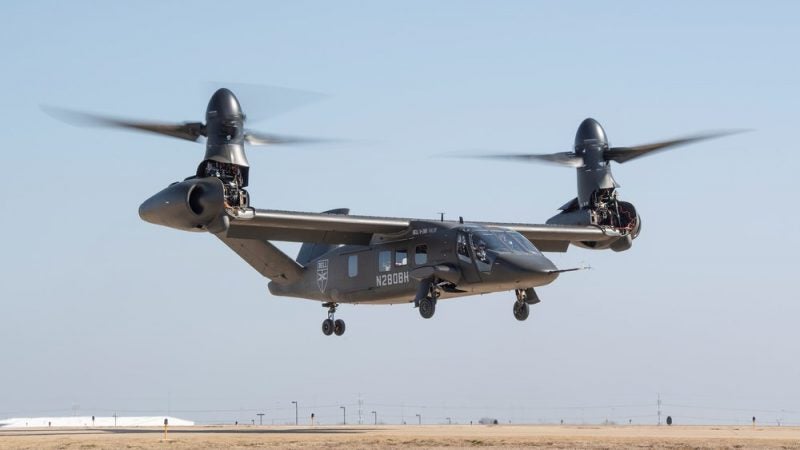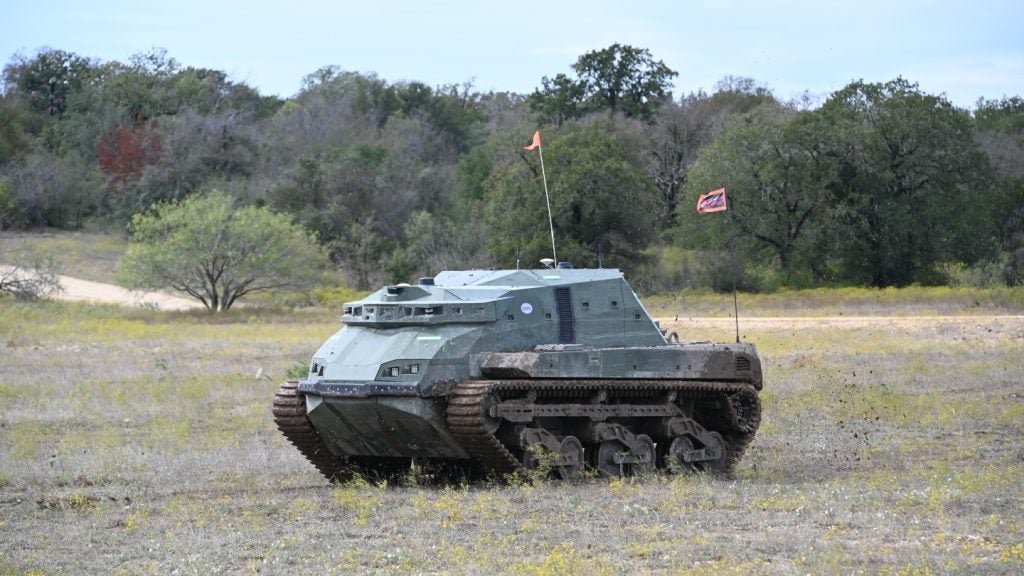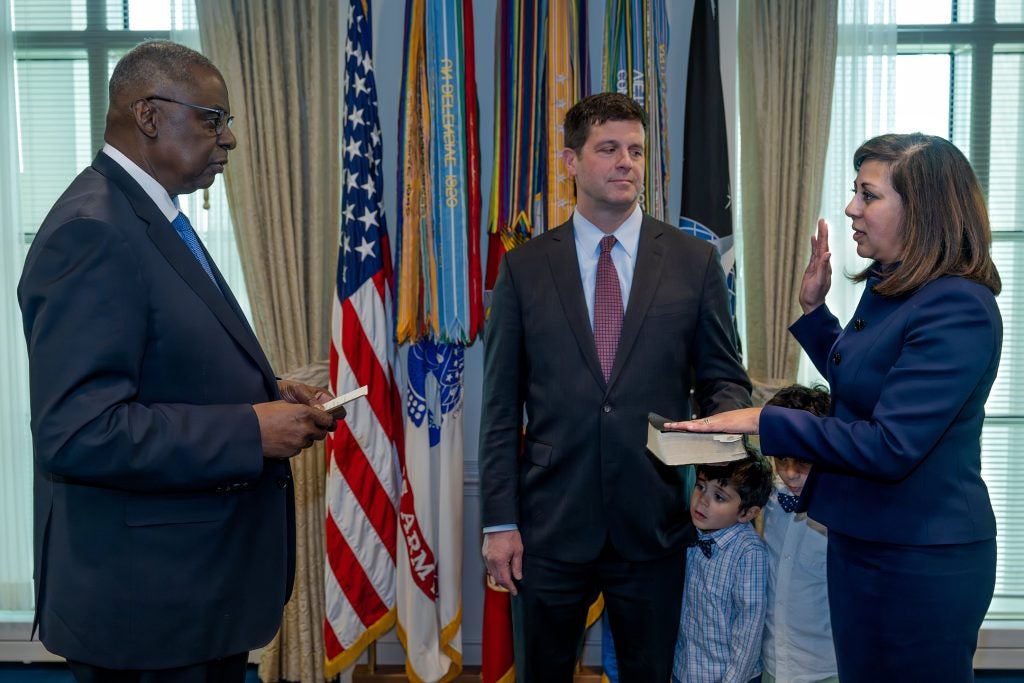
The V-280 completed two sorties and several autonomous manoeuvres under its control including an automatic vertical take-off last December, during trials marking the second anniversary of its first flight.
The two flights lasted nearly two hours and saw the aircraft reach over 180 knots in what the company calls “cruise mode” and marked an important step in the further development of its autonomous capabilities ahead.
During the flights, safety pilots were on board and on hand to monitor the V-280’s performance while under its own control, with each stage of autonomous testing being conducted separately to evaluate the aircraft’s ability to conduct the manoeuvres.
While under autonomous control the aircraft took off and hovered under its own direction, executed a departure climb, transitioned to cruising mode, navigated to a waypoint, converted back to Vertical Take-Off Landing (VTOL) mode, made an automatic approach to a ‘designated hover point’ and undertook an autonomous vertical landing.
FLRAA, operating under the mast of the Future Vertical Lift (FTV) programme, aims to deliver the US Army a replacement for the Sikorsky UH-60 Blackhawk and is envisaged to work alongside the rotorcraft developed under the US’s Future Attack Reconnaissance Aircraft (FARA) programme to develop a new scout attack helicopter.
The US requires both systems to be capable of flying and undertaking some operations autonomously and to operate with the support of drones to secure areas and deliver personnel.
How well do you really know your competitors?
Access the most comprehensive Company Profiles on the market, powered by GlobalData. Save hours of research. Gain competitive edge.

Thank you!
Your download email will arrive shortly
Not ready to buy yet? Download a free sample
We are confident about the unique quality of our Company Profiles. However, we want you to make the most beneficial decision for your business, so we offer a free sample that you can download by submitting the below form
By GlobalDataBell told Army Technology that the autonomous ‘profiles’ has previously been tested in a simulator to assess the software and flight controls before flying the upgraded rotorcraft with enhanced flight control software capable of undertaking more advanced autopilot capabilities.
The company said that the lessons being learnt while developing autonomous capabilities are being applied to many systems in development including its bid for the FARA programme, the Bell 360 Invictus. The company told Army Technology that its autonomous efforts had potential uses for the Autonomous Pod Transport (APT), the V-247 Vigilant, and the Nexus VTOL ‘Air Taxi’.
Having now tested the components for a fully autonomous flight separately, the next step for Bell will be to string the capabilities together to demonstrate a fully autonomous journey from take-off to landing. Bell has yet to say if and when it plans to do this.
Building on the tests, Bell said that the success would help the US Army inform the future requirements of the FLRAA programme and help define the roadmap for future test flights to further develop the aircraft’s capabilities.
Commenting on prior tests of the aircraft, Bell vice president of advanced vertical lift systems Keith Flail said: “The V-280 and flight test program teams’ performances have gone above and beyond expectation.
“Our team of defence-aerospace technology and manufacturing experts demonstrated the ability to deliver a high-performance aircraft on schedule that will revolutionise US military vertical lift capability. We are very proud of this track record and look forward to competing for the US Army FLRAA programme.”
Flail added: “Bell is committed to our customers. Our talented employees are innovators who have reimagined how vertical lift can help modernise the Army with the V-280 Valor. We are proud of what the V-280 and Team Valor have achieved in 6 short years and look forward to building on our success to bring next-generation capability to the warfighter in the coming years.”
The final FLRAA aircraft is expected to enter service in 2030 as the Blackhawk nears the end of its expected 50-year service life. Its competitor in the programme is the Sikorsky – Boeing SB-1 Defiant. Unlike Bell’s entrant, the Boeing-Sikorsky joint bid is a single-rotor coaxial helicopter. Both concepts were developed under the Joint Multi-Role Technology Demonstrator (JMR-TD) phase of the contract.
The US Army plans to award contracts for designs for the FLRAA in late 2021.






